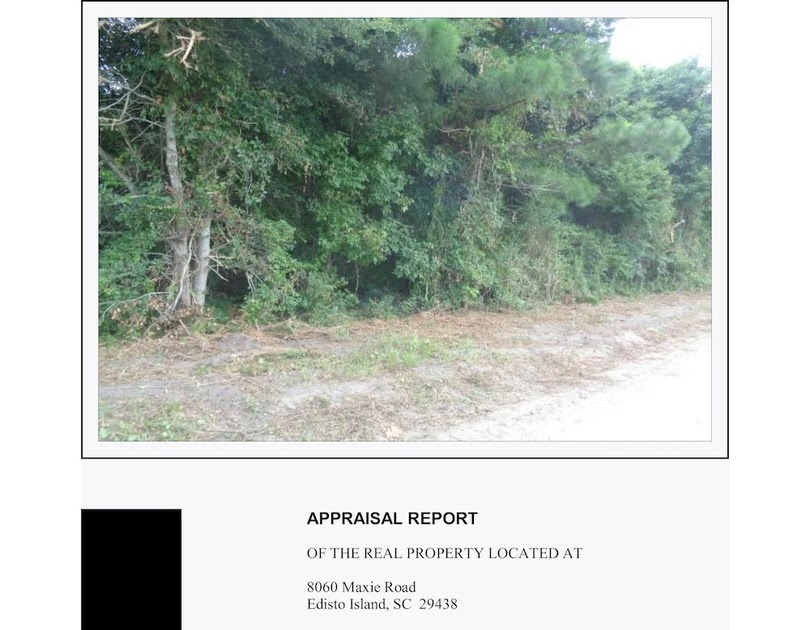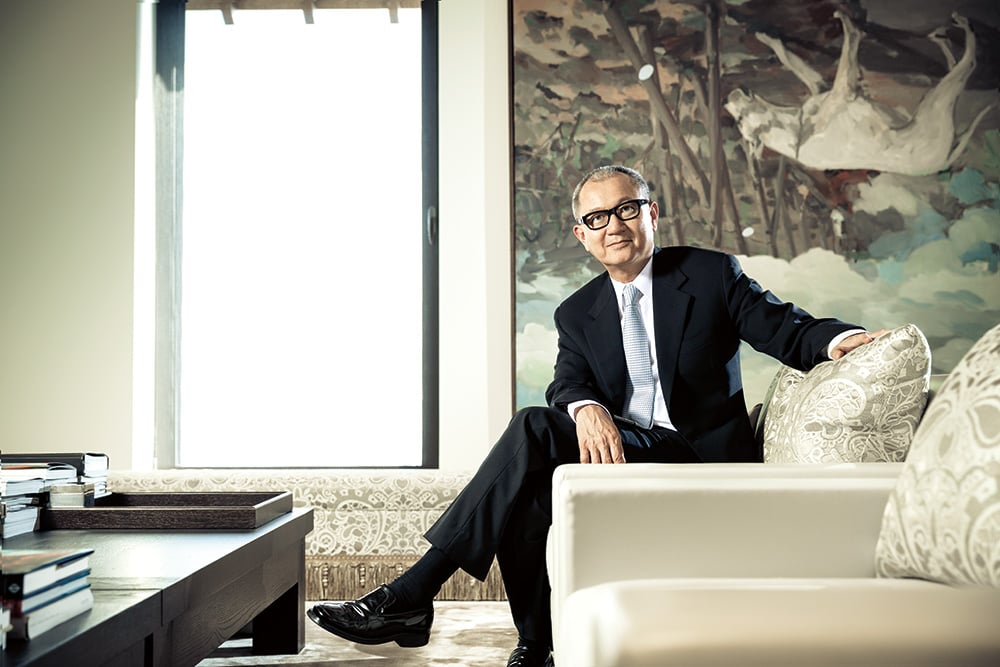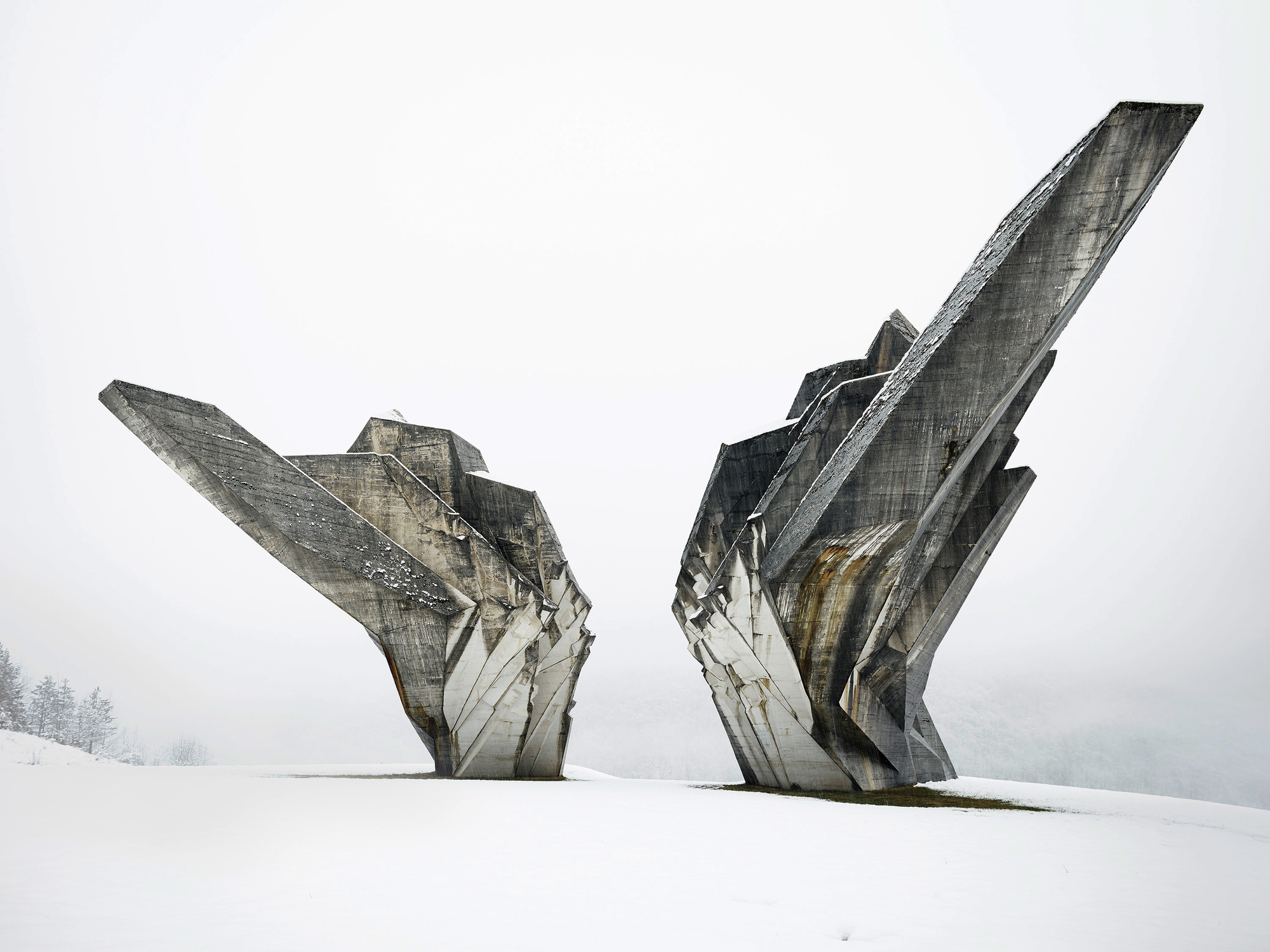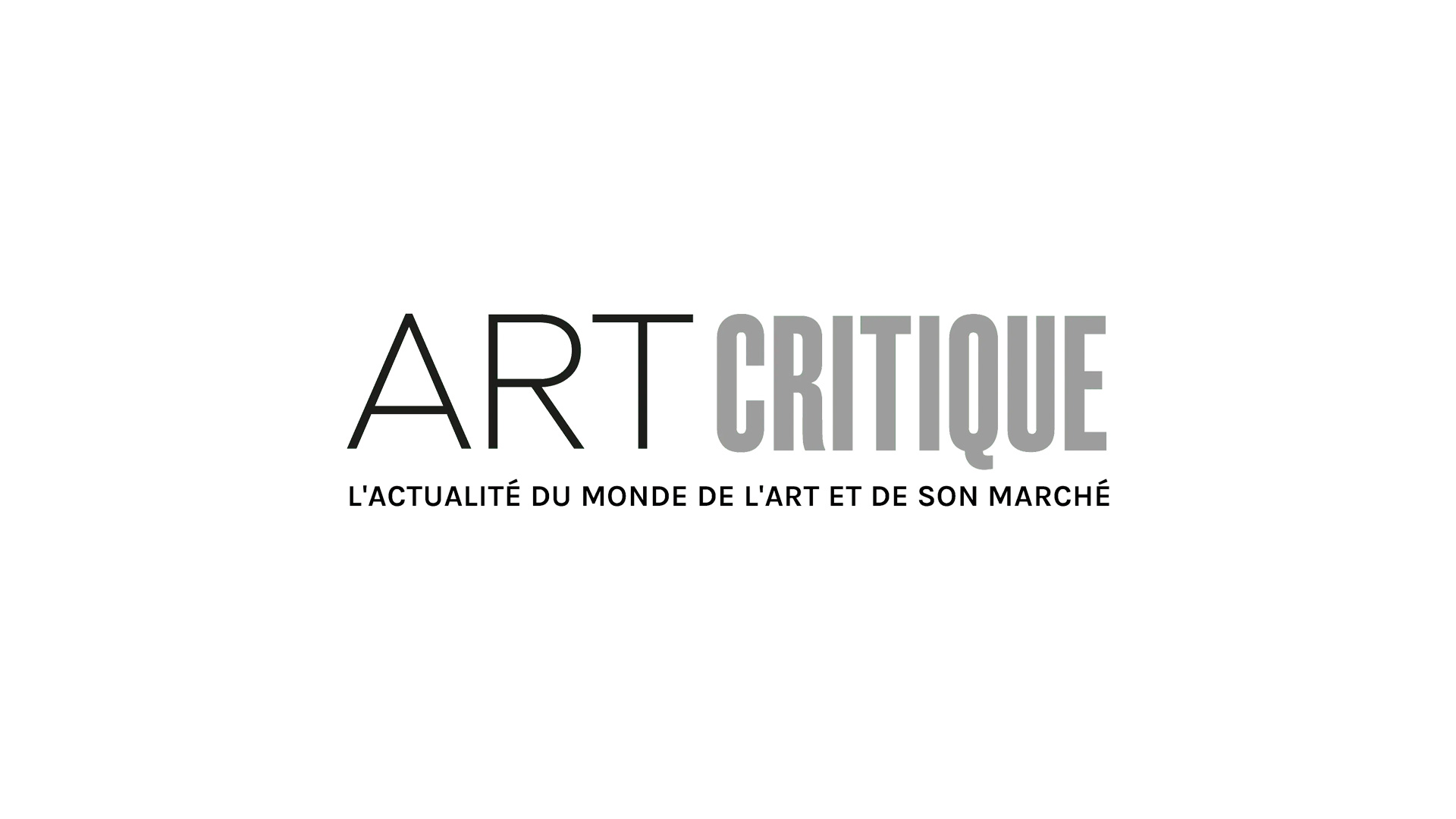20 Surrogates
1982 - Sculpture (Sculpture)
Allan McCollum
In the work titled The Glossies (1980), an affinity for photography manifested itself before McCollum actually began to use photography as a medium. The Glossies are drawings, rectangular forms applied with blank ink and watercolors, which fill up the sheets parallel to the edges except for a small margin. Finally, the whole paper is covered with an adhesive plastic laminate, which gives it the shiny surface of a photograph. The drawing as original artistic expression is employed as a sign for photography. In this respect, The Glossies marks a decisive transition to the “Plaster Surrogates”, a multi-phase work, which McCollum began to create in 1982. Discussing the Plaster Surrogates in a 1985 interview, McCollum described his practice as “a sort of ‘working to rule’”: a job action in which workers do precisely and only what is required contractually, both refusing excess work and excessively observing rules and regulations. “In a sense, I’m doing just the minimum that is required of an artist and no more.” Each and every Surrogate is signed dated and numbered. Although McCollum works with assistants, he insists on painting the outer edge of every black center and the inner edge of every border. No two surrogates are identical; all those of the same dimensions have slightly different colored borders and vice versa. There is nothing false about the objects themselves. McCollum doesn’t employ illusionism or trompe l’oeil. His Surrogates aren’t forgeries of paintings. They’re not even paintings – only plaster objects, which may, at a distance, resemble framed images. The artist proceeded to hang his Surrogate Paintings in larger groups and in a relatively order less way, side by side and one beneath the other. By his increase of quantity and the effect of repetition, he intended likewise to interpret this exaggerated idea of an installation as a sign and to exclude any kind of view, which emphasizes the importance of the single picture. The surrogates, via their reduced attributes and their relentless sameness, started working to render the gallery into a quasi-theatrical space which seemed to “stand for” a gallery; and by extension, this rendered the artist into a caricature of the artist, the viewers performers.
Allan McCollum neither superimposes the conditions of industrial production as artistic practice nor attempts to raise them, in a heroic gesture, to the status of high art. The starting point of his art generally surrounds the idea of a sign. He frames the sign inside of realm of the significant characteristics of the total quantity of all pictures in general. These considerations are the result of an inconsistency of art production in relation to culture at large and the function it fulfills. This function is determined by the fact that in the economic system of a consumer society, the artwork becomes a commodity.
Colors:
Related works sharing similar palette

© » KADIST
Sabelo Mlangeni
2019The Royal House of Allure is a name of a safe house on mainland Lagos where members of the queer community in need of boarding, due to various circumstances, live together...

© » KADIST
Matthieu Saladin
2016L’effeuillage des effacements (The Stripping of Erasures) 2016, presents a piles of posters gathered in decreasing chronological order from 2015 to 2400 B...

© » SLASH PARIS
Chambre à brouillard — Juliette Agnel, Clément Bagot, Nicolas Darrot, Youcef Korichi, Alyssa Verbizh, Anne-Charlotte Yver — L’ahah Griset — Exposition — Slash Paris Connexion Newsletter Twitter Facebook Chambre à brouillard — Juliette Agnel, Clément Bagot, Nicolas Darrot, Youcef Korichi, Alyssa Verbizh, Anne-Charlotte Yver — L’ahah Griset — Exposition — Slash Paris Français English Accueil Événements Artistes Lieux Magazine Vidéos Retour Chambre à brouillard — Juliette Agnel, Clément Bagot, Nicolas Darrot, Youcef Korichi, Alyssa Verbizh, Anne-Charlotte Yver Exposition Dessin, edition, film, installations.....

© » KADIST
Nikita Kadan
2013Ukraine is under tension due to the politics of President lanoukovitch since 2010...

© » KADIST
Matt Lipps
2011Untitled (Women) (2011) presents a startlingly succinct history of violently romanticized femininity...

© » KADIST
Joana Hadjithomas & Khalil Joreige
Rocket Society refers to a space project led by a group of Armenian researchers at the beginning of the 1960s...
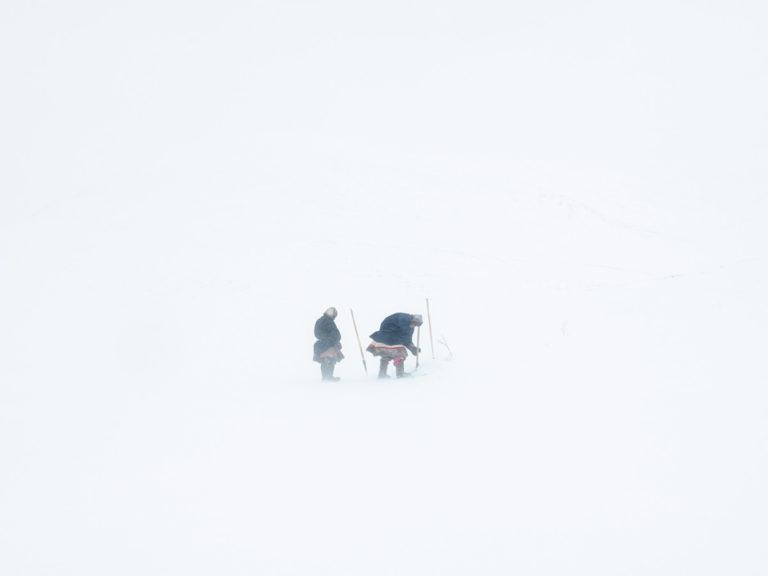
© » EYE OF PHOTOGRAPHY
© 2023 All rights reserved - The Eye of Photography Jour de pêche - Russie 2019 © Corinne Vachon Ali Khan - Afghanistan 2019 © Corinne Vachon Rosan Gela - Pérou 2022 © Corinne Vachon Shambi Balas - Afghanistan 2019 © Corinne Vachon Jeunes Nénètses - Russie 2018 © Corinne Vachon On the occasion of PhotoSaintGermain and PARIS PHOTO, DartBLAY a gallery in Paris since 2011, presents SI LOIN, SI PROCHE, an exhibition displaying the photographic diary of Corinne Vachon, around the world...

© » ARTS EQUATOR
ANCER Lab 03 Manila: How arts managers are surviving COVID-19 | ArtsEquator Thinking and Talking about Arts and Culture in Southeast Asia ArtsEquator Viewpoints Mah Jun Yi and Low Pey Sien November 22, 2021 By Wennie Yang (1,200 words, 4-minute read) Pandemic restrictions have put arts and cultural workers and institutions in a bind: choosing between sustaining their missions at times of a global pandemic or ceasing operations altogether...

© » KADIST
Koki Tanaka
2010Tanaka’s unique understanding of objects and materials is reflected in the four photographs that document his Process of Blowing Flour ...

